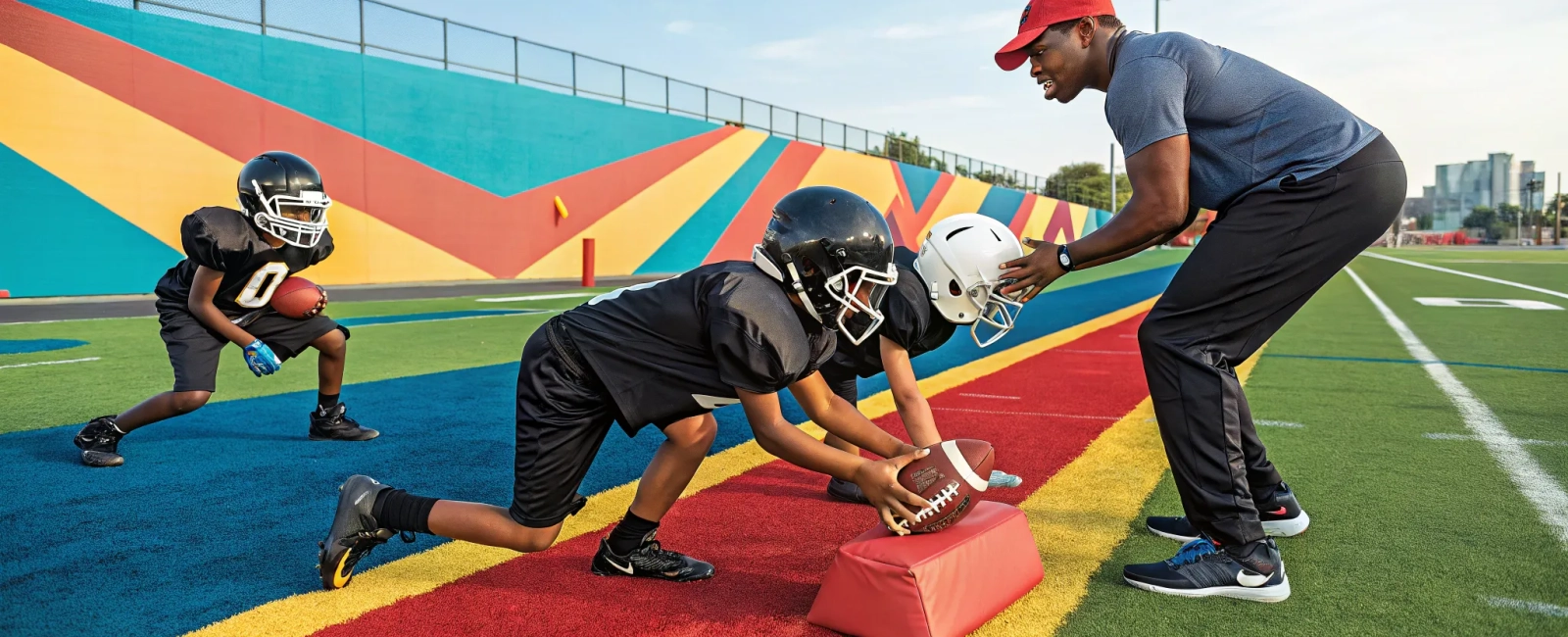Safety Rules Revolutionize Sports: Inspiring Stories of Resilience

Have you ever wondered how a simple rule change can flip the game on its head, not just for the pros but for our young athletes too? Grab a seat (and maybe a cup of coffee), because we’re about to dive into some game-changing stories that’ll make you rethink how you coach your team.
The NFL’s Helmet Rule: No More Leading with the Noggin
Remember when football was all about the big hits and jaw-dropping tackles? Well, the NFL decided it was time to put safety first and made a bold move. They told players, “No more using your helmet as a battering ram.” Sounds simple, right? But this was a massive shift.
They brought in a rule that says players can’t duck their heads and smash into others with their helmets. Why? After sifting through heaps of data and watching countless replays, they realized this kind of play was a fast track to injuries. And not the small ones—a whopping number of concussions were happening because of this.
But here’s the kicker (pun totally intended): Changing this rule didn’t just make the game safer; it made players step up their game. Instead of relying on brute force, athletes started honing their technique, tackling smarter, and playing with more finesse. It’s like teaching an old dog new tricks—but these tricks are keeping everyone on the field healthier.
What Does This Mean for Your Team?
Think about your own squad. Teaching young players to tackle properly not only keeps them safe but also makes them better athletes. It’s a win-win. Emphasize technique over power, and you’ll see them grow in ways you didn’t expect.
MLB’s Helmet Makeover: More Than Just a Hard Hat
Baseball helmets used to be, well, just helmets. But after a few too many close calls (and some not-so-close ones), Major League Baseball said, “We can do better.” They ramped up the safety standards, making sure those helmets could take a fastball to the dome without cracking like an egg.
One big change was adding ear flaps on both sides of the helmet—a move some old-timers might’ve scoffed at. But protecting the ears and the side of the head? That’s just common sense. They even approved these nifty attachments called C-Flaps that guard the jaw and cheek. While not every player uses them, they’re there for those who want that extra layer of security.
Bringing It Home to Your Dugout
For the young sluggers on your team, proper equipment is a game-changer. Make sure their helmets fit right and offer the best protection. Encourage them to use all the safety gear available. It might feel a bit bulky at first, but it’s a small price to pay to keep their heads in the game—literally.
College Football’s Take on Targeting: Safe Hits Only, Please
College football took a long, hard look at the way players were hitting each other and said, “Enough is enough.” They introduced the targeting rule, which aims to stop dangerous hits, especially on players who aren’t in a position to protect themselves.
So, what’s the deal? If a player goes in helmet-first or nails someone in the head or neck area, they’re out. Yep, ejected from the game. They even use instant replay to make sure they get the call right. It’s a tough lesson for the player getting the boot, but it’s made the game safer for everyone on the field.
Coaching Tips from the Gridiron
This is a big one for youth coaches. Teaching kids the right way to tackle from the get-go can prevent bad habits that are hard to break later on. Focus on shoulder tackles, keeping the head up, and being aware of vulnerable players. It’s not just about following the rules—it’s about respecting other players and keeping everyone safe.
So, What Can We Learn from the Big Leagues?
All these changes in professional sports boil down to one thing: making the game safer without losing the spirit of competition. As youth coaches, we’ve got a front-row seat (and a responsibility) to bring these lessons to our teams.
- Emphasize Safety in Training: Make safety drills a regular part of practice. It’ll become second nature to the kids.
- Stay Informed on Equipment: Keep up with the latest in protective gear. Sometimes, the smallest upgrade can make the biggest difference.
- Lead by Example: Show your team that safety is a priority. They’ll follow your lead if they see you walking the walk.
Wrapping It Up: Building a Stronger, Safer Team Together
At the end of the day, we all want our players to enjoy the game, improve their skills, and stay injury-free. By taking a page out of the professional playbook, we can teach our young athletes not just how to play, but how to play smart.
So next time you step onto the field or court, ask yourself: “How can I make this game safer and more engaging for my team?” Trust me, the kids (and their parents) will thank you for it.
And hey, if the pros can adapt and thrive with these new rules, so can we. After all, change isn’t just good—it’s necessary.
Keep pushing forward, coach. You’re making a bigger difference than you realize.
